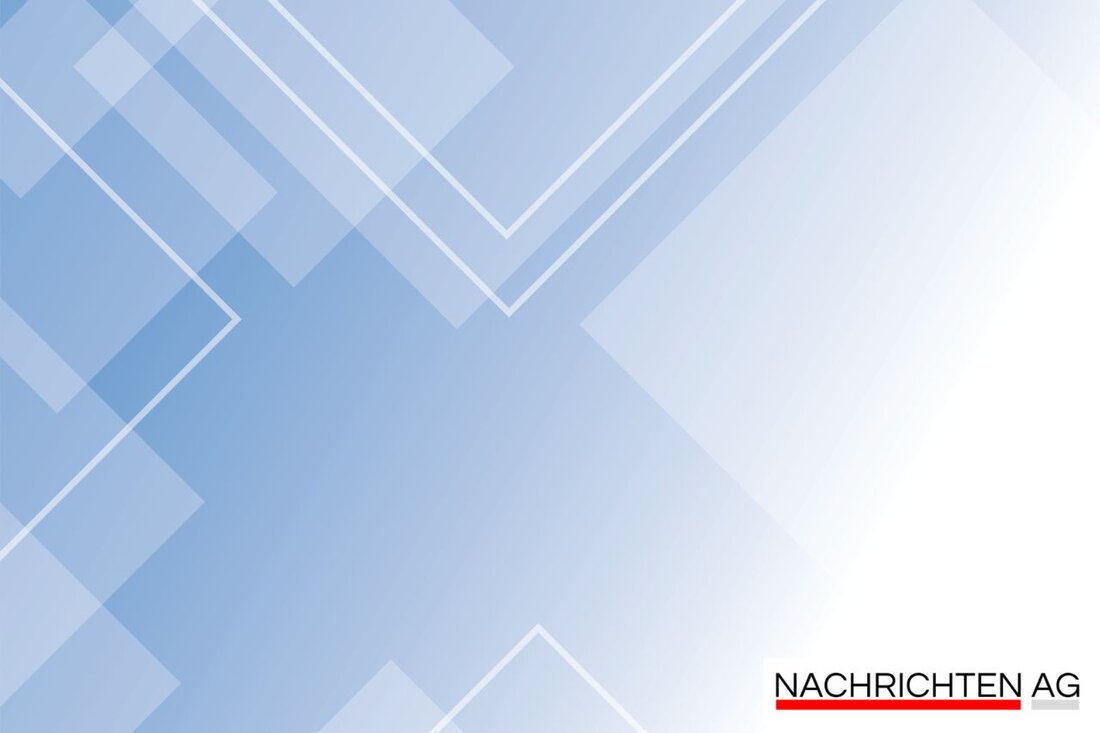New residential project in Vienna: diversity and integration under one roof!
Donaustadt: An innovative residential project promotes integration and social cohesion in Vienna, combining ecological building with intercultural diversity.

New residential project in Vienna: diversity and integration under one roof!
A remarkable example of integrative living is being created in Vienna's Danube city, bringing the city's old and new population together. The architectural firm “Räume für Mensch” (RfM), led by Jutta Wörtl-Gössler and Uli Machold, has already completed the final touches on the “Assemblage Niklas Eslarn” assembly project, and the opening is imminent. This project, which places a decisive focus on interdisciplinary and ecological building, relies on sustainable materials such as clay and straw and offers space for a dazzling mix of residents.
Around 50 percent of the future tenants are Austrians, while the other half are refugees, many of whom are now citizens. “We wanted to set up a model project for integration,” says Wörtl-Gössler. The fact that the need for living space for those entitled to asylum is high is shown by the tense situation on the Viennese housing market, where access to social housing is often difficult. The municipality of Vienna's developer competition for building groups began at the end of 2019, and the idea for an integrative building group was developed by Wörtl-Gössler and Susan Kraupp, supported by Rachida Toubal, who placed asylum seekers in need of housing.
Community at the center
The “Assemblage Niklas Eslarn” building group includes 31 subsidized rental apartments, including 16 with super subsidies – a real bargain in the current housing market! The age structure of the future residents ranges from babies to 80-year-olds, with a particular focus on young families. In order to strengthen the community, the residents are designing fabric panels for the western facade as sun and privacy protection, part of the larger art project “Assemblage familiar: stories from/form home”, which is supported by Art in Public Spaces (KÖR).
The construction project is not only an architectural but also a social experiment. The apartments vary between 30 and 120 m² - so even large families with up to five children can find a stylish home. The property east of Seestadt Aspern is surrounded by single-family houses and forest and divided into nine equal fields, with a community house in the middle. Here the residents can not only live together, but also play and celebrate. An external staircase leads to the roof terrace, which is an ideal place for community activities.
Integration as a central challenge
Research results show that having your own apartment is anything but a given for many recognized refugees in Vienna. The research project “Cohesion needs spaces”, a cooperation between Difu and the University of Stuttgart, shows that the housing market plays a crucial role in integration in many municipalities. Access to affordable housing is often severely limited. However, how things can be lived, which seems relatively simple in theory, are tested in the context of integrative housing projects.
The social dimensions of housing for refugees in Vienna are highly topical. The need to promote social cohesion through suitable forms of housing is not only a political requirement, but also a social need. Alternative housing models are urgently needed to really advance integration. Housing and social mix is an important topic that science is also devoting itself to in order to devise strategies for housing policy.
If you look at all of this, the “Assemblage Niklas Eslarn” assembly project not only makes an important contribution to the creation of living space - it is also a symbol of the valuable integration and harmonious cohesion of different cultures in Vienna. A model for future residential projects in the city and perhaps even beyond.

 Suche
Suche
 Mein Konto
Mein Konto